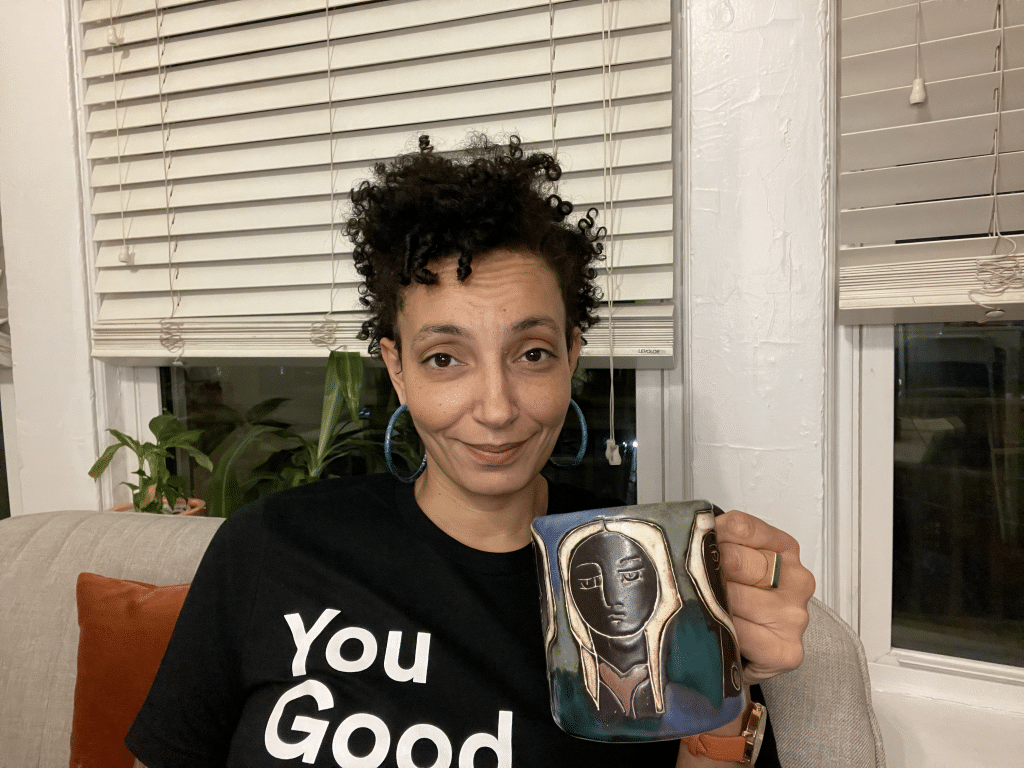Some big names in ad tech have gone public in recent months as advertisers look for programmatic ways to get in front of consumers. But is the rise of ad tech also fueling the rise of fake news?
After watching the phenomenon for years, CNBC’s Megan Graham thinks it is. In this episode of Authority Figures, Graham and host Aaron Schoenherr discuss the proliferation of copy-cat sites trying to game the ad tech space and how things have gotten worse since the start of the pandemic. The problem is hitting traditional newsrooms and reporters like Graham, who demonstrates the problem in real time during this episode.
Episode Highlights:
1:30 — Megan provides an overview of the ad tech landscape
3:33 — Megan gives her thoughts on the rapid escalation of new players into the ad tech market and the role ad tech plays in the dissemination of fake news
10:37 — Aaron and Megan discuss websites monetizing both fake and human traffic to their sites
12:40 — Megan explains how she created a fake website that “plagiarized” her own content for an article and applied to ad tech monetization partners
16:50 — In real time and using her own article, Megan shows how quickly fake sites work to plagiarize journalists’ stories
19:00 — Megan shares the steps brands can take to combat this gaming of ad tech systems
22:37 — Megan discusses how brands black-label their ads from appearing next to certain terms and the role of human intervention in ad tech
26:09 — Aaron and Megan examine the future of the ad tech industry
28:40 — Megan shares who she views as an authority







